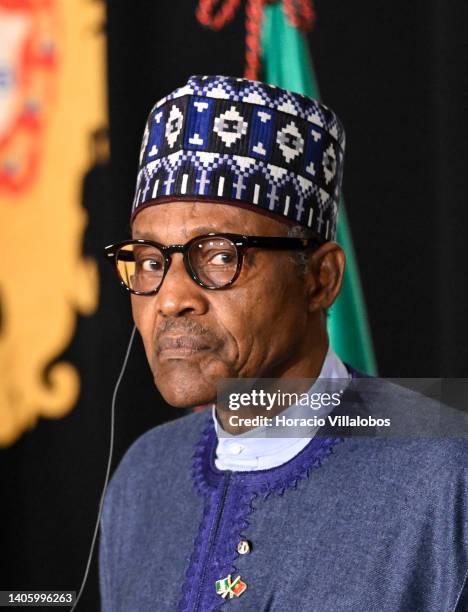The man behind Wimpy
Kirsten Minnaar
Edward Gold founded Wimpy in 1934 in Indiana, United States. While the business struggled to take off in other countries, today, it is one of South Africa’s most beloved and well-known franchises.
Edward Vale Goldberg was born in Chicago, Illinois, in 1907 to Russian immigrants Louis Goldberg and Annie Wilinsky.
In 1934, Gold established Wimpy Grills in Bloomington, Indiana. He named the restaurant after J. Wellington Wimpy, a hamburger-loving character from the Popeye cartoons who would often indulge in hamburgers in unusual locations.
“I’ll have a hamburger, for which I will gladly pay you… Tuesday,” Wimpy would say. Tuesday, of course, never seemed to come.
Gold saw an opportunity to bring Wimpy’s essence to life through a unique dining experience, Mashed explained.
He wanted to create a space where people could indulge in good, high-quality food, so he created a 10-cent hamburger that rivalled the five-cent options on the market.
Gold went on to establish Wimpy Grills restaurants in five other cities in the Midwest, and in 1936, he opened the first Chicago location. The American chain hit its peak in America in 1947 with 26 locations.
In 1954, he founded Wimpy International with worldwide outlets, and signed a license with Lyone in England, allowing them to operate Wimpy Bar across the United Kingdom.
That year, the first Wimpy Bar opened at Lyon’s Corner House in London. It was the first restaurant to serve hamburger-based meals in the UK.
In 1967, Wimpy opened its first store in South Africa in Murchies Passage, Durban. It was an instant hit, and on its opening day, 1,000 people visited the restaurant.
In the UK, Wimpy pushed the boundaries with its menus, offering items that couldn’t be found in other fast-food restaurants. It served brunch, pastries, soups, and unique inventions, like “the Bender” – a sliced hot dog shaped into a circle and served on a bun.
It also offered table service, which allowed for a much more relaxed customer experience than other fast-food restaurants, which only offered counter service.
However, this model would also later make it more difficult for Wimpy to compete with more convenient options, like McDonalds.
Back in America, the business was declining and by the time Gold died in 1977, only seven out of Wimpy’s 1,500 locations were in the US, Mashed explained.
After Gold’s death, the US business disappeared completely because no one had purchased the rights and trademark to the Wimpy name from Gold’s estate.
In South Africa, Wimpy continued gaining popularity. During the 1980s, the company partnered with Engen, which was then called Mobil, adding their locations to garages.
They did things differently, and during that period, Wimpy became the first sit-down restaurant to officially serve South Africans of all races.
Meanwhile, the UK business was starting to go under. In 1977, Lyone sold the business to United Biscuits, which later sold it to Grand Metropolitan in 1989.
Grand Metropolitan had acquired the Pillsbury Company with Burger King a year earlier for $5.79 billion (today, R101.96 billion).
At the time, Burger King had greater brand recognition than Wimpy in the UK. Wanting to remain competitive with McDonalds, the biggest burger retailer in the country, Grand Metropolitan rebranded many Wimpy locations to Burger King.
In the 1990s, Wimpy in South Africa was voted franchiser of the year, while the remaining Wimpy locations in the UK were sold to a former Wimpy managing director and his business partners who wanted to rebuild the brand.
Towards the end of the decade, the UK leg opened a new restaurant, Dr Beaks Chicken, in an attempt to compete with the bigger fast-food rivals, like KFC, by offering healthier chicken-based fast food.
This venture proved unsuccessful, though, and all of the locations were closed within a few years.
However, the business continued to pick up steam in South Africa. During the 2000s, South Africa didn’t have much in the way of coffee culture, and Wimpy was the first to introduce espresso-based coffees nationally.
The restaurant also introduced Braille menus in 2002, and a decade later, its Braille campaign proved to be a massive hit, garnering it a lot of praise and attention.
In 2007, Wimpy was sold to Famous Brands, which owns a plethora of other well-known South African restaurants, including Steers, Mugg & Bean and Debonairs, which helped the business expand even more.
By 2011, Wimpy opened its 500th restaurant in The Grove.
Despite the difficulties the business faced in the UK, Wimpy UK is celebrating 70 years in business this year, and it now has 62 locations in the country.
However, South Africa remains Wimpy’s biggest market, and with over 500 stores across the country, it is one of the country’s most popular restaurant chains
Source: Daily Investor











